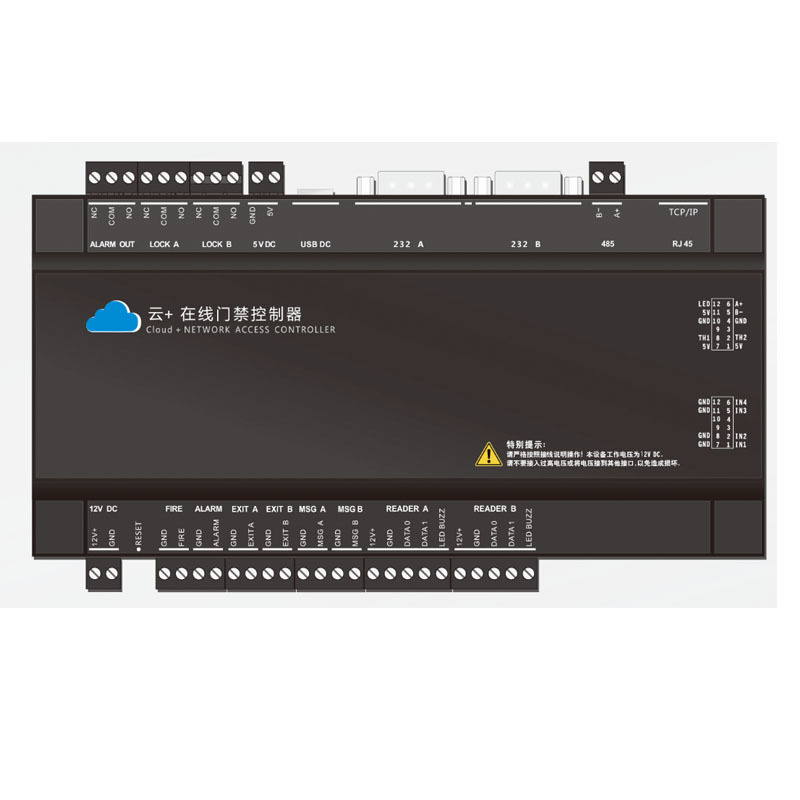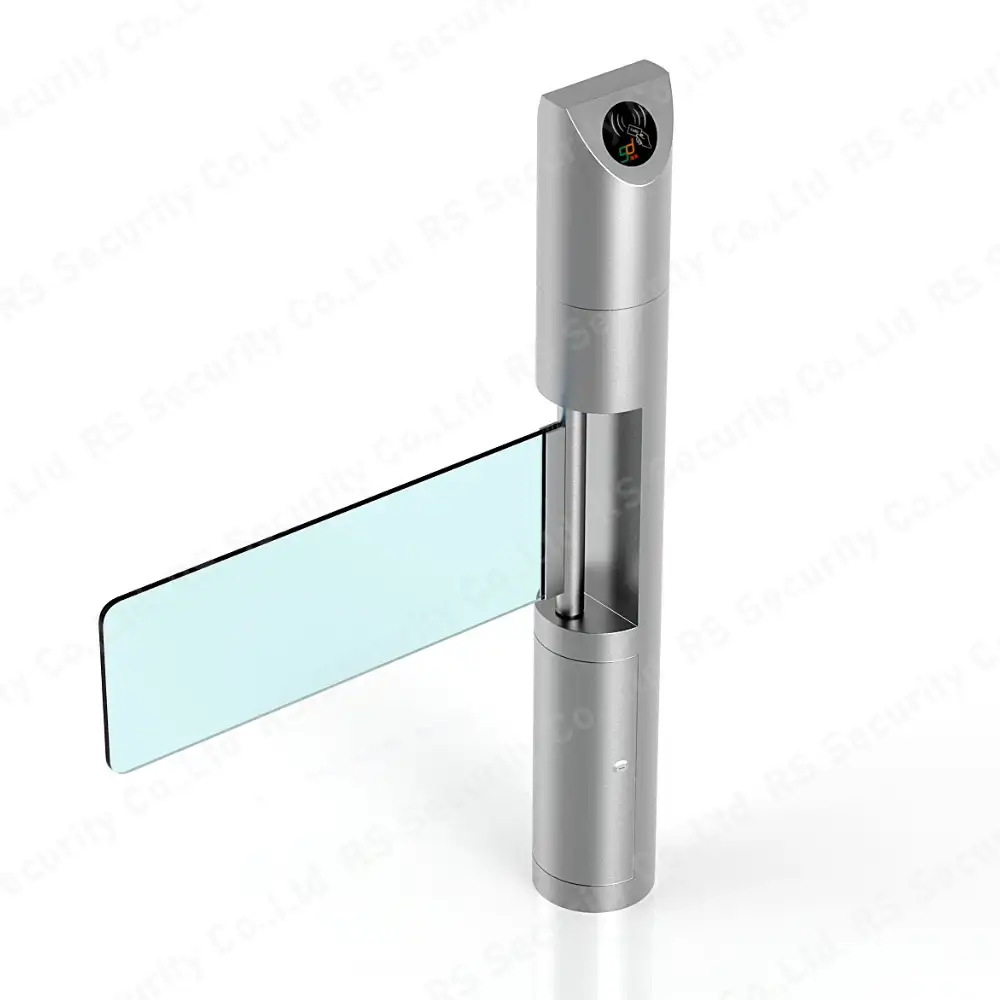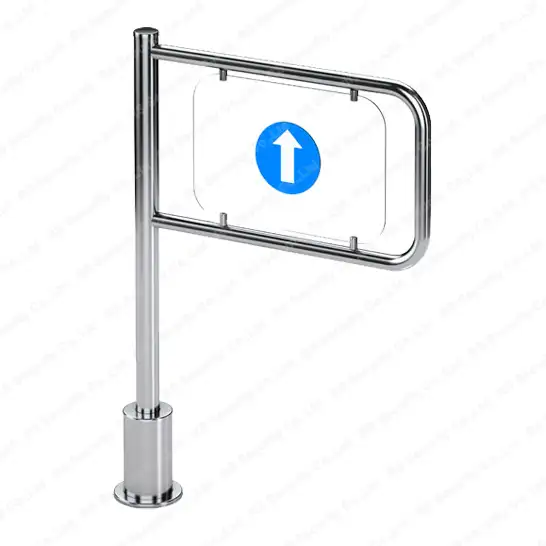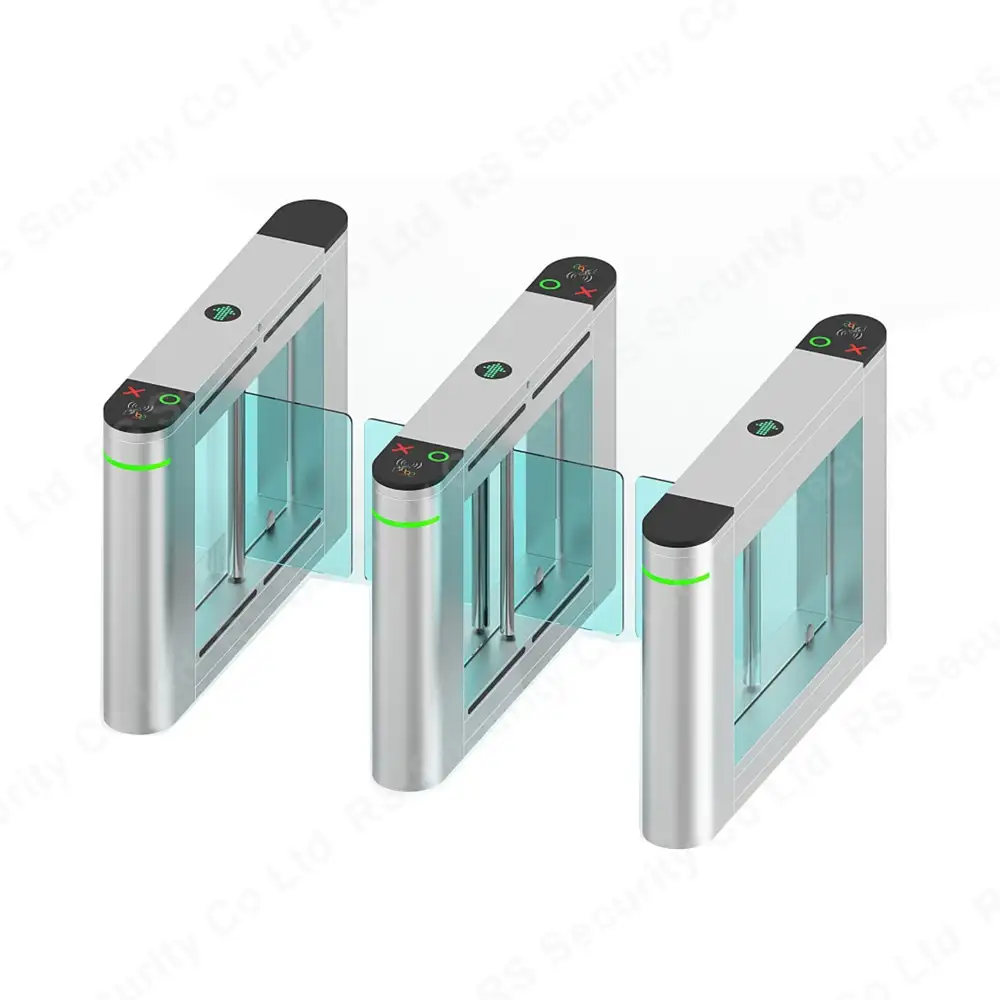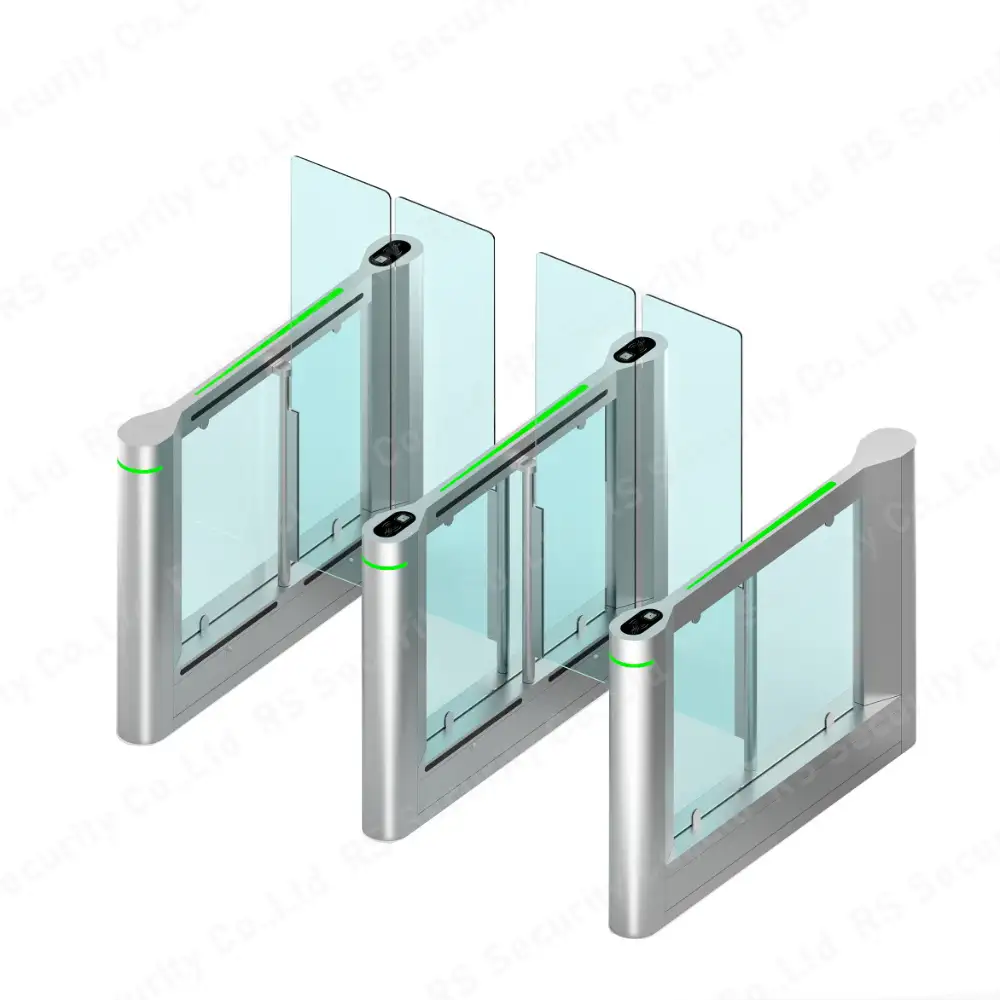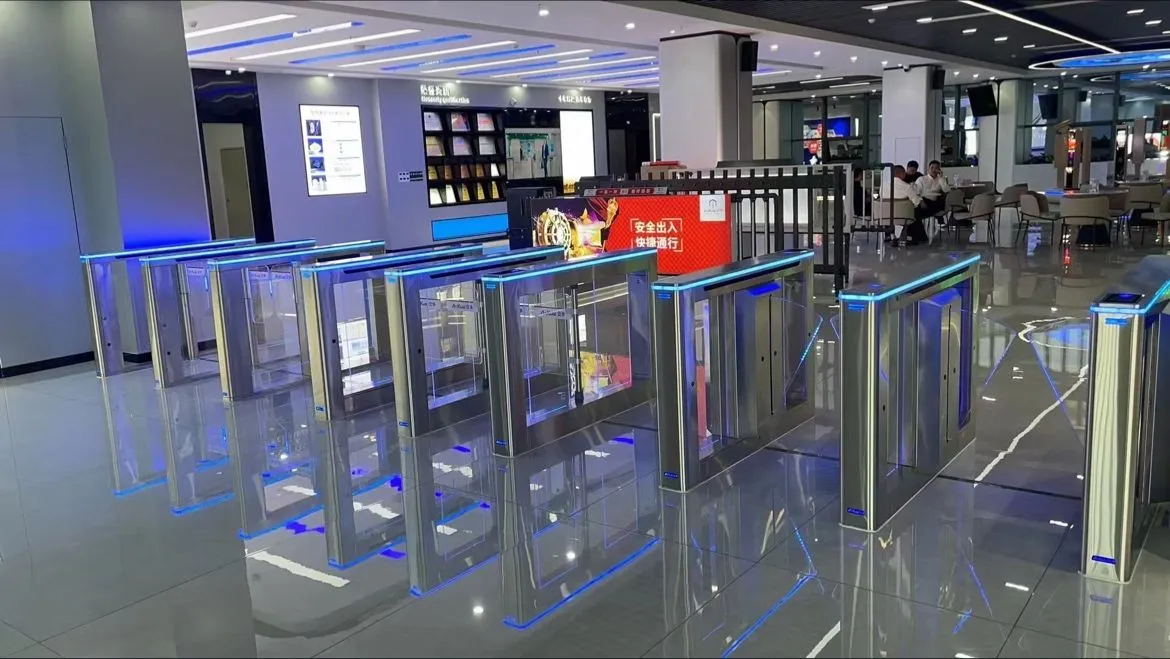How to choose library turnstiles?
When choosing library pedestrian passage turnstiles, the following main factors should be considered:
Security: This is the primary factor when choosing turnstiles. Security includes two aspects: one is the safety performance of the turnstiles themselves, such as anti-smashing, anti-collision, and fire prevention; the other is the effect of the turnstiles in controlling people in and out, such as preventing unauthorized people from entering and following. When balancing and weighing security, we should combine the actual situation of the library to choose turnstiles that meet the relevant national safety standards, and ensure that the turnstiles will not cause inconvenience to readers while meeting basic security needs.
Ease of use: Ease of use refers to whether the turnstiles can provide readers with a convenient, fast, and smooth passage experience during use. When choosing turnstiles, we should consider factors such as the reader’s age and identity, and choose turnstiles that are simple to operate and easy to understand. When weighing ease of use, we should take into account the management needs of the library to ensure that the turnstiles improve the efficiency of readers’ passage while facilitating management personnel to conduct background monitoring and data statistics.
Reliability: Reliability refers to whether the turnstile can maintain a stable and efficient working state during long-term operation. When choosing a turnstile, you should pay attention to the hardware quality, software stability and after-sales service of the turnstile. When weighing reliability, you should combine the library’s operating costs and choose a turnstile with a higher cost-effectiveness.
Compatibility: Compatibility refers to whether the turnstile can be effectively integrated with the library’s existing management system, security system, etc. When choosing a turnstile, you should consider the interface between the turnstile and other systems of the library, data transmission protocols and other issues. When weighing compatibility, you should ensure that the turnstile can be smoothly connected to the library’s existing system to avoid unnecessary troubles caused by compatibility issues.
Scalability: Scalability refers to whether the turnstile can be easily upgraded and expanded on the basis of meeting current needs. When choosing a turnstile, you should pay attention to whether the hardware and software of the turnstile support subsequent upgrades. When weighing scalability, you should fully consider the library’s future development needs and choose a turnstile with good scalability.
Cost: Cost is a factor that must be considered when choosing a turnstile. The cost includes the purchase price, installation cost, maintenance cost and later upgrade cost of the turnstile. When weighing the cost, you should choose a turnstile with a high cost performance ratio on the premise of meeting the needs of the library.
Appearance design: The appearance design is related to the placement effect of the turnstile in the library and whether it is coordinated with the overall environment of the library. When choosing a turnstile, you should pay attention to whether the appearance design of the turnstile is simple, generous and in line with the atmosphere of the library. When weighing the appearance design, you should take into account the aesthetic needs of the library and choose a turnstile that matches the library environment.
In short, when choosing a turnstile for the pedestrian passage of the library, you should make a comprehensive balance and weigh it on the basis of ensuring safety, ease of use, reliability, compatibility, scalability and cost. At the same time, you should choose the most suitable turnstile based on the actual situation of the library and future development needs to improve the service quality and reader satisfaction of the library.








